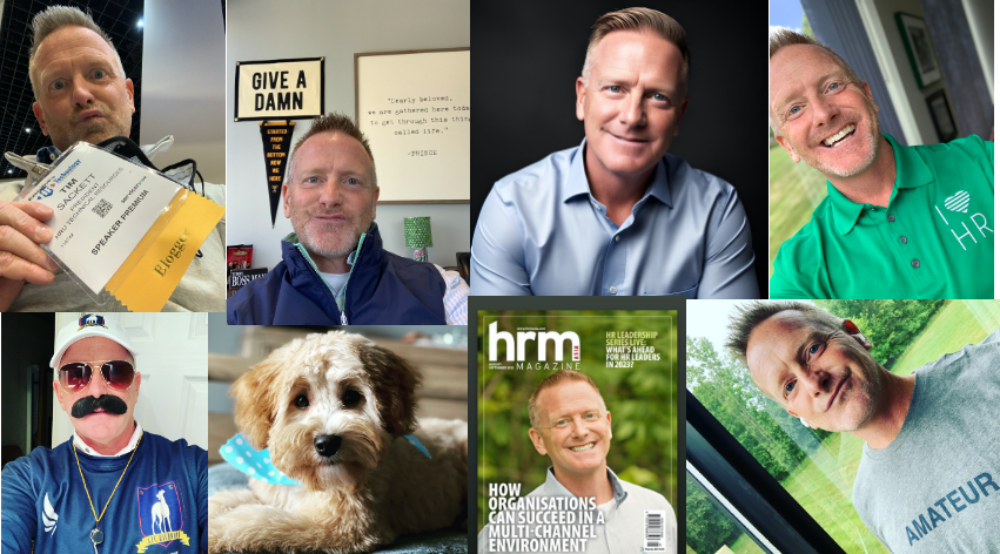I have a belief that 9 out of 10 employment brands are exactly the same. Meaning, if you were to really go out and ask candidates to give you specific differences between employment brands, they wouldn’t be able to tell brands apart.
EB #1 only hires the best talent, treats their employees with dignity and respect, values diversity, has a fun work environment, and really listens to their employees.
EB #2 does the same thing as #1 but in green!
EB #3 does the same thing as #1 and #2, but they also only hire top talent.
EB #4 does all of that but they pay for performance.
At this point in employment branding history, we are really just creating SpamBrands! Our brand is just like that brand, but better! How are you better? Because we say we’re better!
I do think we have a few special employment brands in the world. So, the big question becomes what makes those brands truly standout from all the spam we get bombarded by on a daily basis?
I had this idea a while back, about SpamBrands, but I sat on it because I didn’t know how to answer that question. The answers I kept coming up with was just more spam! Not real differentiators that made a difference.
I’m not sure if this is right or not, but in with my limited marketing knowledge, it seemed to make sense. I believe the only true employment branding differentiation that your organization has is:
A truly transformational leadership vision.
Any organization can pay more. Have better benefits. Have great diversity. Have tremendous leadership soft skills. Any organization can make the product you make cheaper and better. Etc. Etc. Etc.
It’s an extreme rarity to have true leadership vision! Elon Musk vision. Steve Jobs vision. Henry Ford vision. Oprah Winfrey vision. Crystal clear, inspirational, unending. A vision that stands out front and employees will follow it like without question.
So, if this is the case that the only thing that really separates our organizations is a transformational vision and someone who can lead it, and the rest of us are basically the same, what are we really telling candidates? Isn’t it just spam? If it is, isn’t employment branding just a giant waste of time and resources?
I’m going to say NO!
Didn’t see that coming, right!?
Basically, we are living in an Instagram world. Most people see great design and a savvy media strategy as something that is ‘better’ than something that doesn’t have that.
Employment branding works because marketing works.
It doesn’t mean you’re actually a better employer to work for. Let’s not be naive. We can all play the game, and get that’s it’s a game. It doesn’t make you or your organization bad for playing the game. But it is a game if you don’t have that transformational vision.
It’s even cool if you truly believe your company is a great company! Belief is what separates good from average for most employers. I mean belief is what transformational vision is based on.
So, what’s the favorite part of your SpamBrand?

